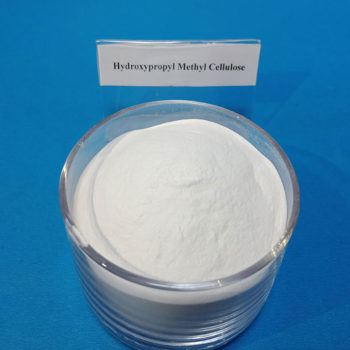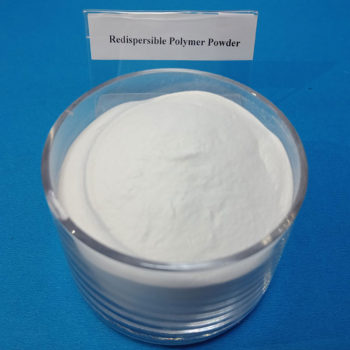China cellulose ether manufacturer
China HPMC factory,have a daily output 150 tons,our products including Hydroxypropyl Methyl Cellulose (HPMC), Redispersible Polymer Powder (RDP) ,which can be widely used in building materials such as dry mix mortar, gypsum based plaster, wall putty, tile adhesive, cement mortar, EIFS, detergent and so on.


hpmc used for skim coat?
Hydroxypropyl Methylcellulose (HPMC) is widely used in skim coat formulations for its beneficial properties that enhance the performance and workability of the coating. Here are the key aspects of using HPMC in skim coats:
Benefits of HPMC in Skim Coats
-
Water Retention:
- HPMC has excellent water retention properties, which help keep the skim coat hydrated longer. This is crucial for the proper curing of cementitious materials, resulting in a stronger and more durable finish.
-
Improved Workability:
- The addition of HPMC improves the workability of the skim coat mixture. It makes the mix smoother and easier to apply, reducing labor effort and ensuring a more uniform application.
-
Enhanced Adhesion:
- HPMC enhances the adhesion of the skim coat to the substrate, ensuring better bonding and reducing the risk of delamination or peeling over time.
-
Smooth Finish:
- By improving the consistency of the mix, HPMC helps achieve a smooth and even finish on the surface, which is essential for creating a professional-looking, high-quality skim coat.
-
Sag Resistance:
- HPMC provides sag resistance, allowing the skim coat to be applied in thicker layers without slumping. This is especially important for vertical surfaces.
Application in Skim Coat Formulation
When formulating skim coats, HPMC cellulose ether is typically added in small quantities, usually ranging from 0.1% to 0.5% of the total dry mix. Here is a basic outline of how HPMC is incorporated into skim coat formulations:
-
Dry Mixing:
- HPMC is mixed with other dry components such as cement, sand, lime, and other fillers. The dry mixing ensures even distribution of HPMC throughout the mixture.
-
Water Addition:
- Water is added to the dry mix to create a smooth, workable paste. HPMC hydrates and dissolves in water, imparting its beneficial properties to the skim coat.
-
Mixing and Application:
- The skim coat mixture is thoroughly mixed to achieve a homogeneous consistency. It is then applied to the substrate using a trowel or similar tool, and spread evenly to create a smooth surface.
Factors to Consider
-
Grade of HPMC:
- Different grades of HPMC are available, varying in viscosity and substitution levels. The choice of grade depends on the specific requirements of the skim coat, such as desired workability, open time, and adhesion.
-
Environmental Conditions:
- The performance of HPMC chemical can be influenced by environmental factors such as temperature and humidity. It's important to choose the appropriate grade and adjust the formulation accordingly.
-
Compatibility:
- HPMC should be compatible with other additives and components in the skim coat formulation. Testing and adjustments may be necessary to optimize performance.
HPMC is a crucial additive in skim coat formulations due to its water retention, workability, adhesion enhancement, smooth finish, and sag resistance properties. It helps improve the overall performance and ease of use of skim coats, ensuring better results and durability in construction applications. By carefully selecting the appropriate grade and formulation, manufacturers can achieve optimal performance tailored to specific application needs.